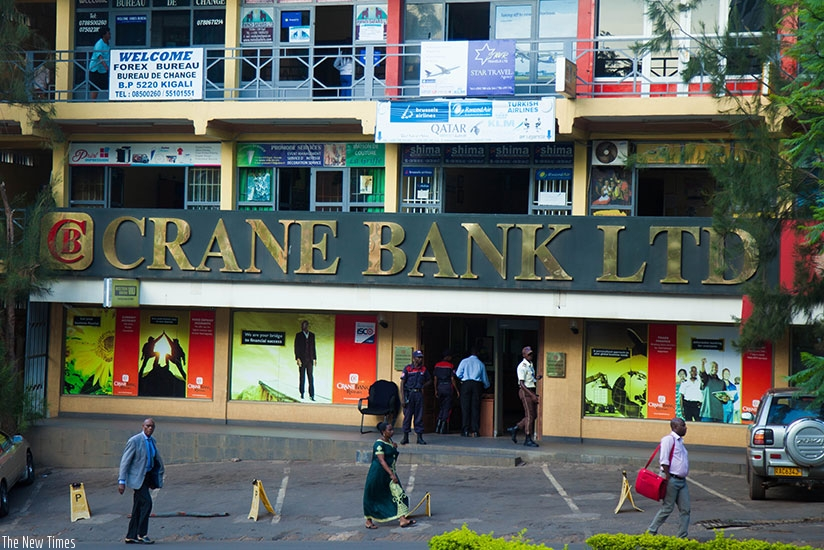A photo montage of some bank CEOs
The outbreak of the Covid-19 pandemic and its disastrous effects on global economy hasn’t stopped commercial banks in Uganda from registering growth, with Bank of Uganda revealing that assets for commercial banks grew to almost Shs40Trn.
The details are contained in the Annual Report of Bank of Uganda 2021 that was recently released indicating that despite the challenging operating environment due to the pandemic, the commercial banks continued to register growth in assets with aggregate banks’ total assets increasing by 11.0% from Shs35.8Trn in June 2019/20 to Shs39.8Trn in 2020/21.
In the report signed by Governor of Central Bank, Emmanuel Mutebile, he attributed the growth of assets during 2020/21 mainly to the account of banks’ holding of government’s securities which rose by 32.9% about Shs2.5Trn to Shs10.2Trn and gross loans and advances that increased by Shs1.1Trn to Shs16.6Trn.
Mutebile also revealed that customer deposits in commercial banks also rose by 8.7 percent from Shs25.5 trillion in 2019/20 to Shs27.7Trn in 2020/21.
The Governor also didn’t fall short of bragging about how the policies set up by Bank of Uganda helped commercial banks salvage growth in their assets, adding that the sector maintained strong capital and liquidity buffers.
“Overall, the asset quality of commercial banking sector improved over the year ended June 2021, though it should be noted that the Bank of Uganda credit relief measures have moderated potential deterioration in asset quality,” Mutebile wrote.
According to the Central Bank, the aggregate commercial banks’ ratio of non-performing loans to gross loans reduced from 6% to 4.8% as the stock of non-performing loans decreased to Shs793Bn in 2020/21 from Shs931.8Bn.
Although the Central Bank noted that the overall the banking sector remains resilient to the COVD19 pandemic and most banks have strong capital and liquidity buffers to absorb the shock, the sector is yet to record stability until economic recovery returns to any form of normalcy.
“The operating environment for the banking sector remains challenging until economic recovery is stronger. The main downward risk to the banking sector stability include uncertainty about the path of economic recovery , with the disruptive resurgence of the pandemic which is expected to increase credit risk and the potential rise to non-performing loans,” the report reads in part.
During the year, the Central Bank is said to have conducted some on-set examinations of supervised financial institutions (SFIs) and unlike the earlier years where the inspections were onsite, this time around the Central Bank conducted virtual inspections with the Board and Management of Supervised Financial institutions.





